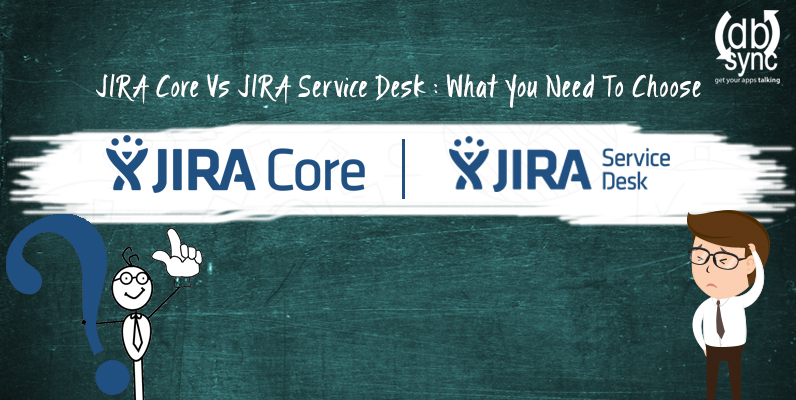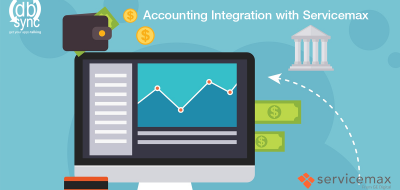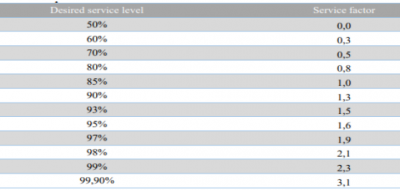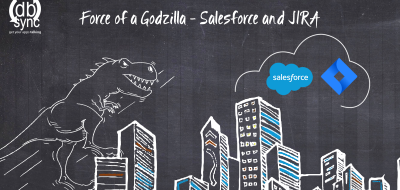As the business grows, so as the use of various information systems across departments considerably increase, and so a huge of amount of data is churned out. Often it’s very difficult to keep the data clean. With the more use of information system the information keeps coming from everywhere in different forms of inbounds, integrating applications, imports and more inevitably it’s very necessary to keep the data clean.
To tackle these problems the business owners prime focus have become to automate various business processes in house that would reduce the double data entry and lay way for error free data in these systems.
While talking with one of my Australian counterpart I understood data duplicacy issue is very common problem in multi tiered organisation who use different kind of systems internally. To quote the problem, this client of us is a very large scale enterprise who have different teams scattered in various geographical locations of the globe.
For instance their engineering team is based out of Bangalore, Operation team from Melbourne and the Customer support team from Manila and there is always a delay in responding to customers about an issue. These teams work in different time zones and timely collaboration was becoming a challenge that is needed to collate and send a timely response about an issue to the external customer. On the other hand, Customers grow impatient about the visibility of the issue and lose the credibility with the teams they were working with.
The client’s operation team uses JIRA Core to manage their project activity, The engineering team uses JIRA software for their development life cycle and their customer support team uses JIRA service desk to manage issues so that their customer can track the issue till closure.
On a whole, these teams and systems work perfectly in their respective domains but the problem arises while collaboration to work on a project that requires close coordination between these teams. The main reason being these softwares are disconnected and the teams have to rely on the emails or Internet messengers to co-ordinate which is the obvious reason for delay to fix an issue.
The below section gives a clear understanding of these three variants of the JIRA and how these are fulfilled the need of the teams using them.
At A Glance : JIRA Core and JIRA Service Desk
In short, I have made it easy for the readers to understand the usage of these variants without having to go through the detailed tabular explanation:
- JIRA Core = JIRA without Agile plugin
- JIRA Software = JIRA with Agile
- JIRA Service Desk = A ticketing software
The JIRA family of applications are built on the JIRA platform. JIRA core is the default application of the JIRA platform, and will always be present in a JIRA instance. You may choose to include other application in your instance, Such as JIRA software and JIRA service desk basing on your business needs. Each application is tailored for its users to provide the application specific features and has an project associated with it. The below table gives out the application specific features.
| Application | Project Type | Application Specific Feature Set |
| JIRA Core | Business projects |
|
| JIRA Software | Software Projects |
|
| JIRA Service Desk | Service Desk projects |
|
To learn more about the differences, follow the links:
DBSync iPaaS API Support With JIRA platform
With the recent announcement from DBSync team for the API support of JIRA platform, It’s development team is all pumped up while talking to its marketing channel partner that after so much of sweat, long hours from its team they are all excited to see the JIRA Core and JIRA Service Desk connectors in action while solving the real time problems for their customers.
These connectors create seamless workflows between JIRA cloud,on-premise versions and has the ability to connect with other business application including Salesforce, ServiceNow and Zendesk. They will help you setup to receive real time updates into your project tracking tool or vice-versa so that cross functional teams can collaborate effortlessly.
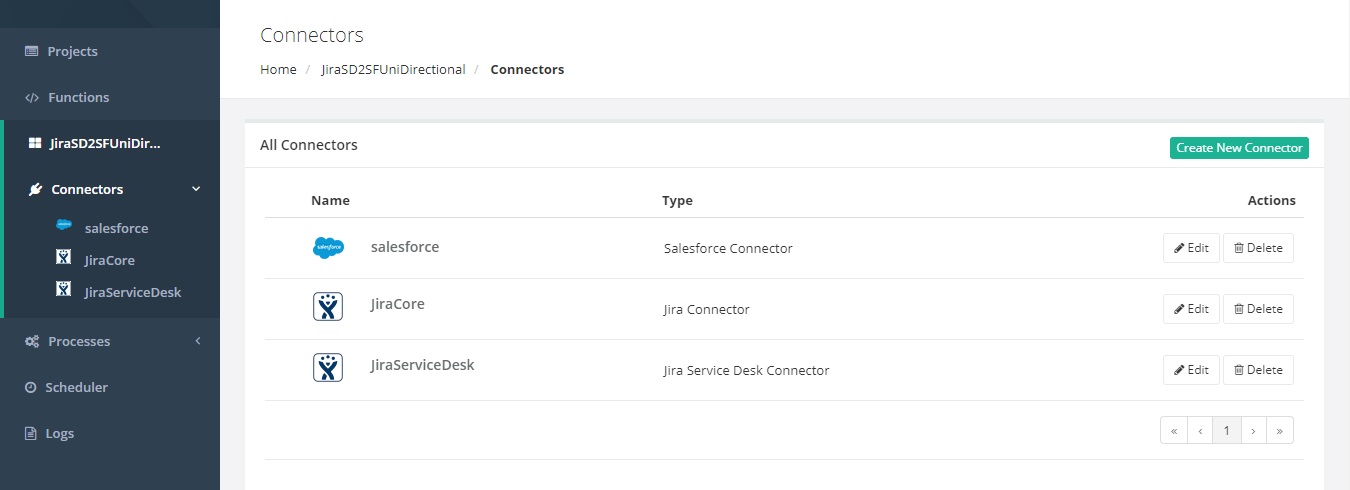
Core Vs Service Desk API Calls From DBSync
DBSync Core connector supports all the following API calls for JIRA Core application. The following screen shows the support JQL in DBSync for searching the issues by passing the required parameters. This connector has the ability to connect with JIRAs on-premise and on-cloud version of JIRA Core and JIRA Software.

- Search Issue : Search for Issues using JQL.
If you are interested in learning about JIRA query language (not be confused with Java query language), read Advance Searching and Search JIRA like a boss with JQL. - GetUser : This API call returns the currently logged in user.
- Create Issue : Create an issue or a subtask from JSON representation.
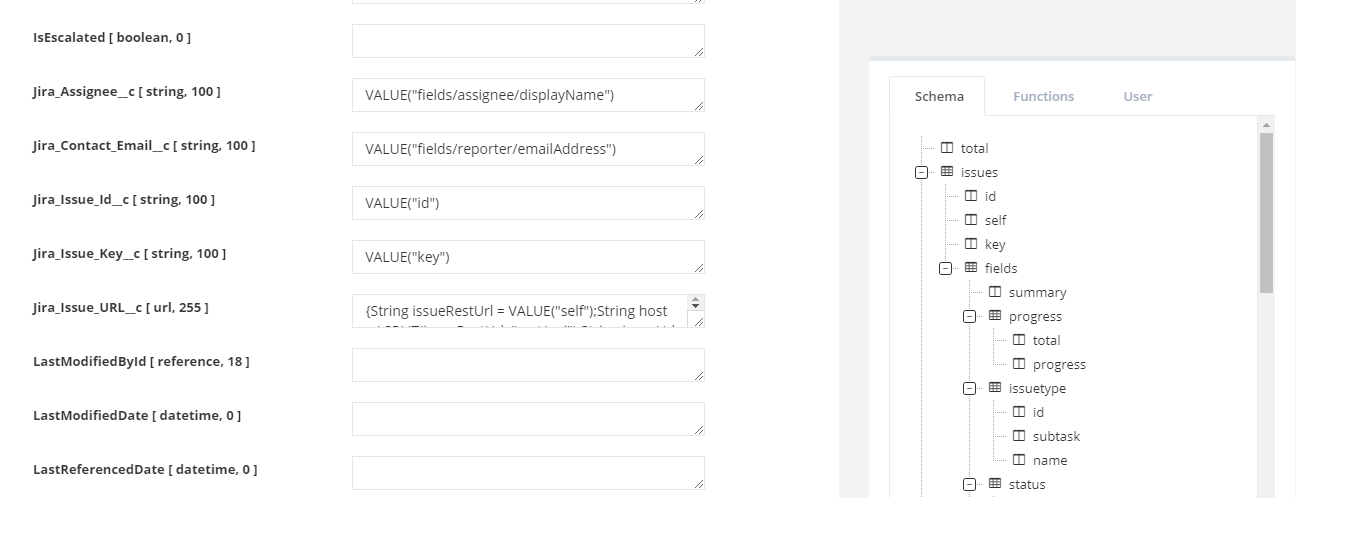
- Assign: Assign an issue to a user, you can use this resource to assign issues when the user submitting the request has the assigned permission but not the edit permission issue.
- Create User: By default the created user will not be notified by an email.If password field is not set then the password is randomly generated.
- Update User : Modify currently logged user. The value field present will override the existing value.
- Get Project : All project keys associated with the project will only be returned if expand= project keys.
- Get All Projects : Returns all the projects which are visible to currently logged in user. If no user is logged in, then it returns the list of all projects that are visible using anonymous access.
- Update Project : Updates a project,Only non null values sent through json will be updated in the project.
DBSync Service Desk Connector supports all the listed Service Desk APIs
- Get service desks : Returns all the service desks in the JIRA service desk’s instance that user has permission to access.
- Get service desk by id : Use this method to get service desk details whenever your application component is passed a service desk ID.
- Get Organizations : This returns the list of all organizations in the service desk instance
- Get Organization : This returns the details of an organization.
- Create Organization: Creates an organization by passing the name of an organization.
- Get User in Organization: This method returns all the user associated with an organization.
- Create Customer : Adds a customer to the JIRA Service Desk instance by passing an JSON file including an email address and display name.njh0jmhyyt
Request example:
{
“email“: “fred@example.com”,
“fullName“: “Fred F. User”
}
Schema example:
{
“id“: “https://docs.atlassian.com/jira/REST/schema/customer-create#”,
“title“: “Customer Create”,
“type“: “object”,
“properties“: {
“email“: {
“type“: “string”
},
“fullName“: {
“type“: “string”
}
},
“additionalProperties“: false
}
Responses example:
Status 201 – Application/Json returns the newly created customer
{
“name“: “fred”,
“key“: “fred”,
“emailAddress“: “fred@example.com”,
“displayName“: “Fred F. User”,
“active“: true,
“timeZone“: “Australia/Sydney”,
“_links“: {
“jiraRest“: “http://www.example.com/jira/rest/api/2/user?username=fred”,
“avatarUrls“: {
“48×48“: “http://www.example.com/jira/secure/useravatar?size=large&ownerId=fred”,
“24×24“: “http://www.example.com/jira/secure/useravatar?size=small&ownerId=fred”,
“16×16“: “http://www.example.com/jira/secure/useravatar?size=xsmall&ownerId=fred”,
“32×32“: “http://www.example.com/jira/secure/useravatar?size=medium&ownerId=fred”
},
“self“: “http://www.example.com/jira/rest/api/2/user?username=fred”
}
}
Above is an example for “Create Customer” API method call and if you would like to learn all about the JIRA Service Desk API methods, please read this document.
Conclusion
DBSync iPaaS with its JIRA set of connectors can help you make more out of JIRA investment by streamlining your business processes between your other cloud apps like Salesforce, Microsoft Dynamics 365, NetSuite, Sage, databases including Oracle, MySQL, SQL Server and other popular databases. You can leverage JIRA Core connector while connecting with JIRA Service Desk to consume all the Core API’s in your Service Desk Integration. Basing on your needs, These connectors can easily be extended to support all the APIs for which JIRA has exposed its methods.
Hope, this article has given you some valuable insights in choosing between JIRA Core connector and JIRA Service Desk connector rightly for your integration needs. Read more in the next article, a use case between JIRA Service Desk and Salesforce. Read here



